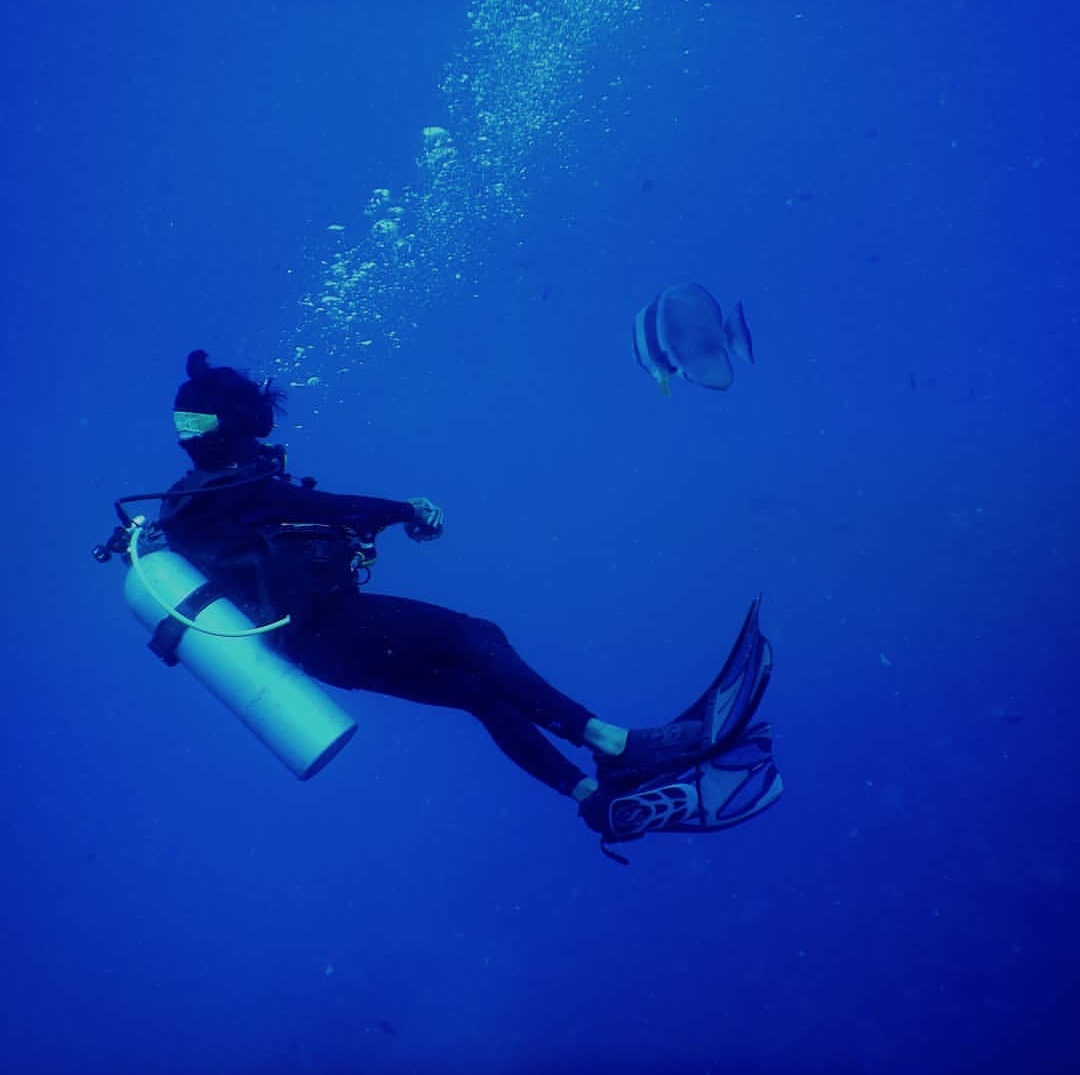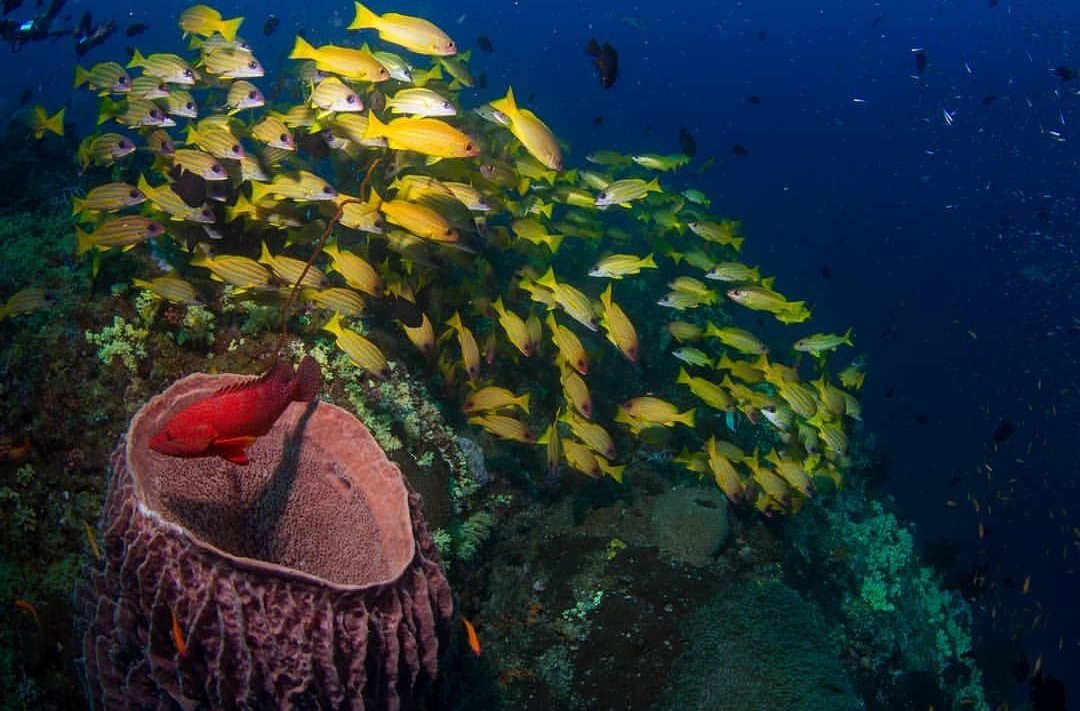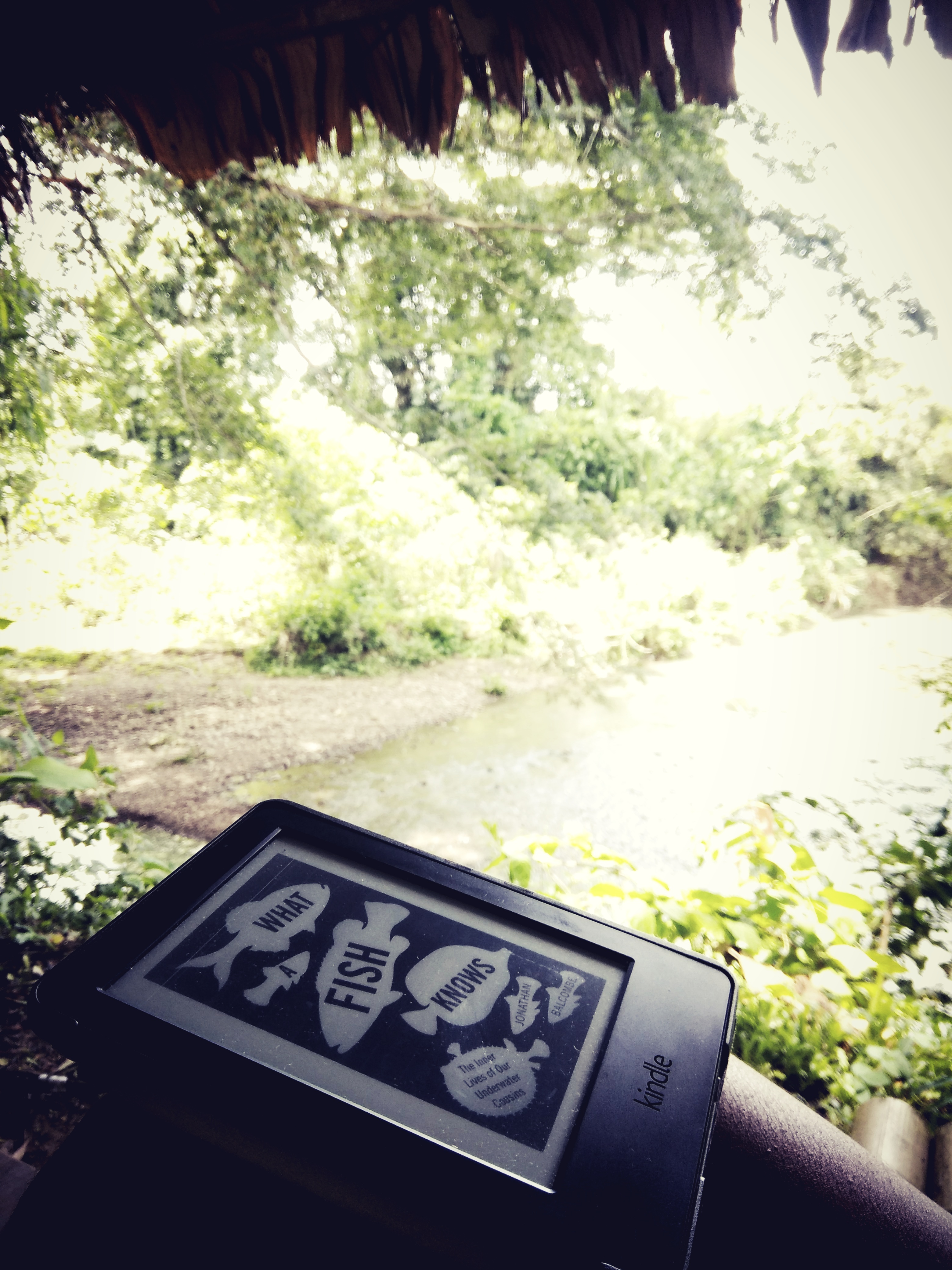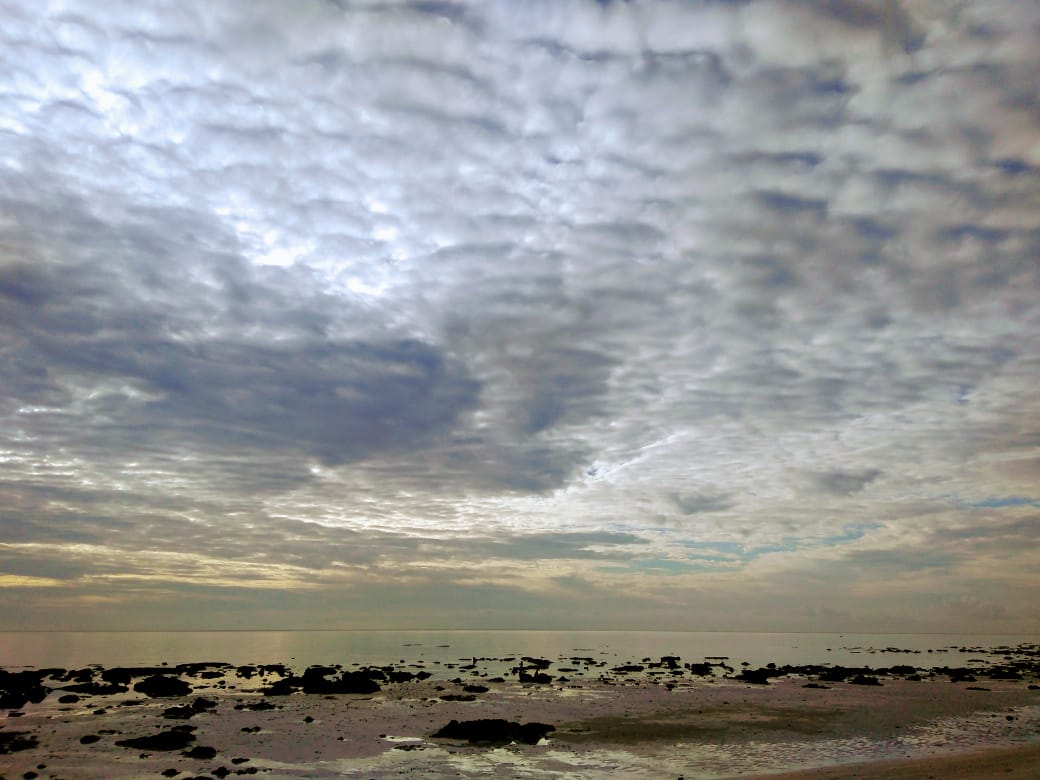
How to Become a Better Scuba Diver

A common misconception among divers is that learning to dive is where you acquire all the skills that you need to dive. That is incorrect. The certification course gives you enough skills in order to get you STARTED in the post. It is only the beginning – becoming a better diver is a path on which each and every one of us are walking.
And while we would love to have you spend all your money with us, and do as many courses as possible with us, you don’t have to do so in order to improve. In fact, for most divers, just continuing to develop the skills and concepts that they learned in the Open Water course is all that is needed in order to improve their scuba skills and comfort significantly.
In this recording of a Facebook live session shot during the COVID lockdown, Vinnie shares some practical, real-world tips on how to take ownership of your dive experience, and how you can do small things to continually improve your skills, both mental and physical.
About Vinnie:
Vinnie started to dive back in 1991 and spent the first decade of his diving existence exploring the shipwrecks of the cold frigid waters of the North Atlantic (including the Andrea Dorea, although he regretably was unable to get a plate from the wreck). A trimix diver since the late 1990s, a scuba instructor since 2001 and a Course Director/Instructor Trainer, first with NAUI and then with SSI since 2008, he is India’s most experienced dive instructor and also founder of DIVEIndia. He currently conducts training in DIVEIndia’s @Home centers in Bangalore and Chennai.










